The mysterious Stone Circle at Stonehenge has stood for thousands of years, fascinating and puzzling those who visit it and those who research it in equal measure.
Just when scientists believed they had solved one mystery — the location of where most of the stones came from — new research completely upended previous understanding and created a whole new host of questions.
Each Stone Has Its Own Story
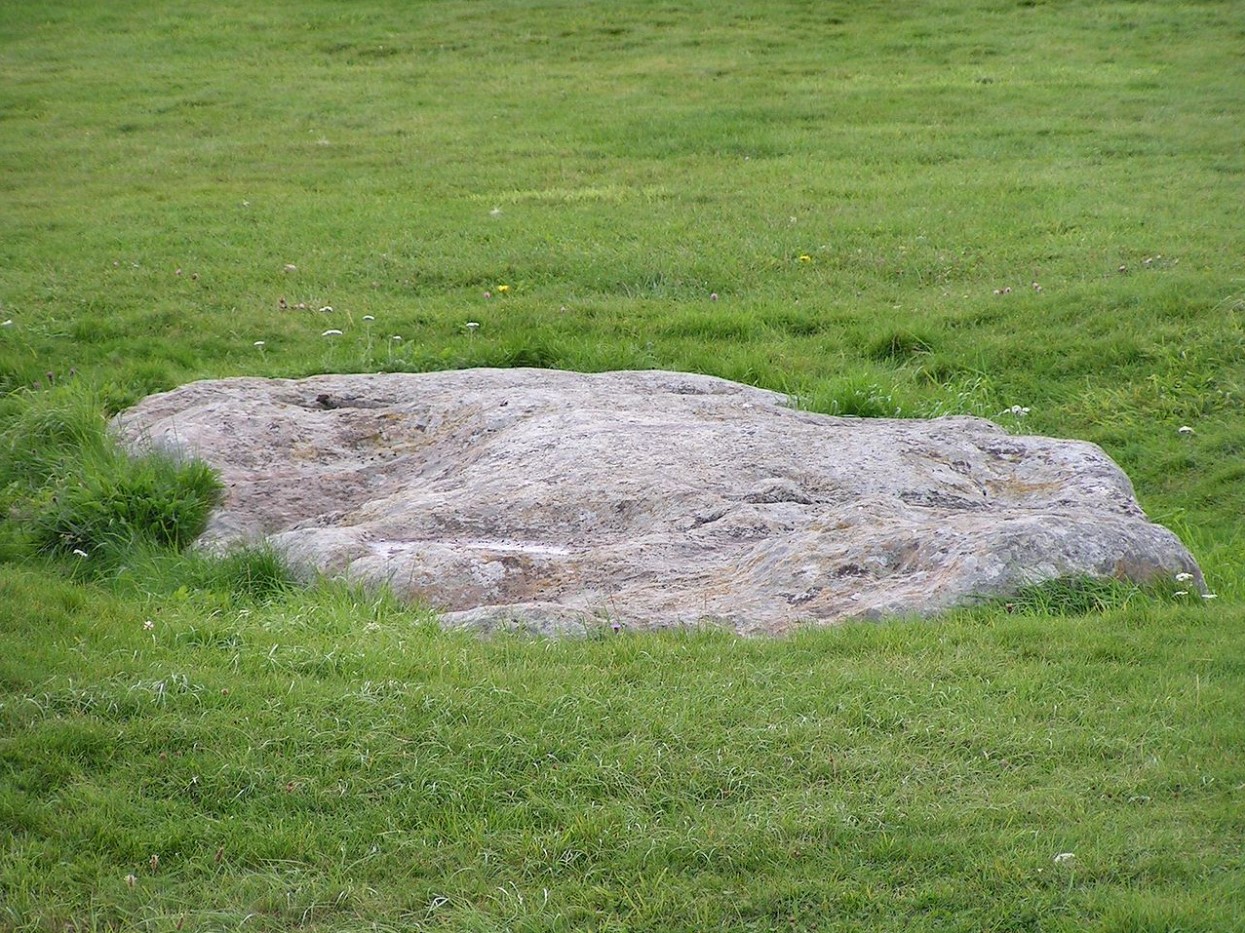
The Stone Circle at Stonehenge has stood since the Neolithic era of around 2500 BC. Roughly 80-plus stones still stand on the site, each with its own characteristics, stories and personalities that have developed over the years.
The Slaughter Stone, for instance, earned its colorful name thanks to the overactive imaginations of Victorian visitors, no doubt struck by shallow depressions on its surface that would collect rainwater, which would then react with iron in the stone and run rusty red like blood.
The Altar Stone
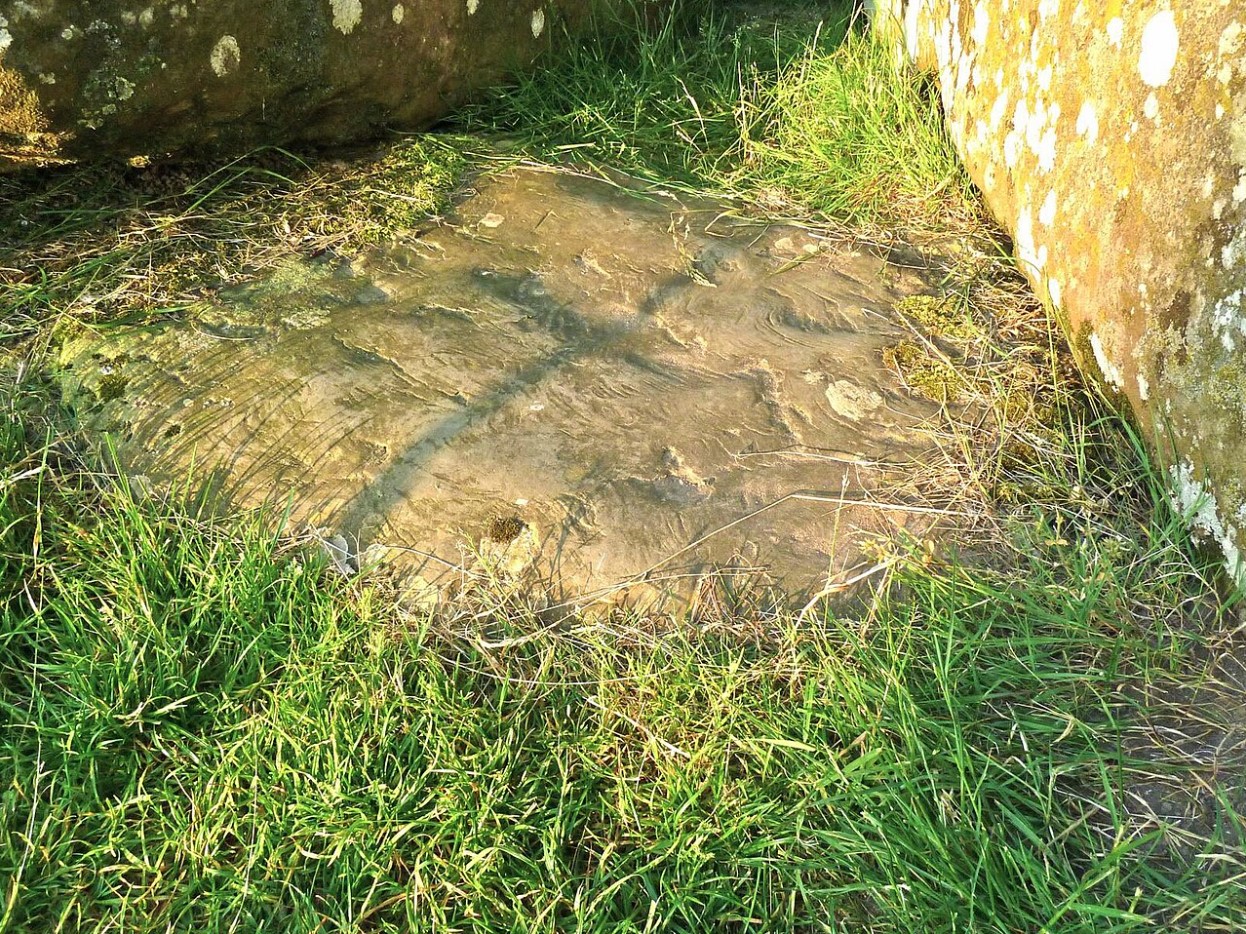
The stone that is the subject of renewed scientific interest is the Altar Stone. The largest of the non-sarsen stones, the Altar stone is a large slab of greenish Old Red Sandstone.
The Altar Stone lies partially buried beneath two fallen stones. There is some debate as to whether it originally lay flat as an altar-like slab, hence the name, or if the Altar Stone stood upright.
Previous Understanding of the Altar Stone’s Origin
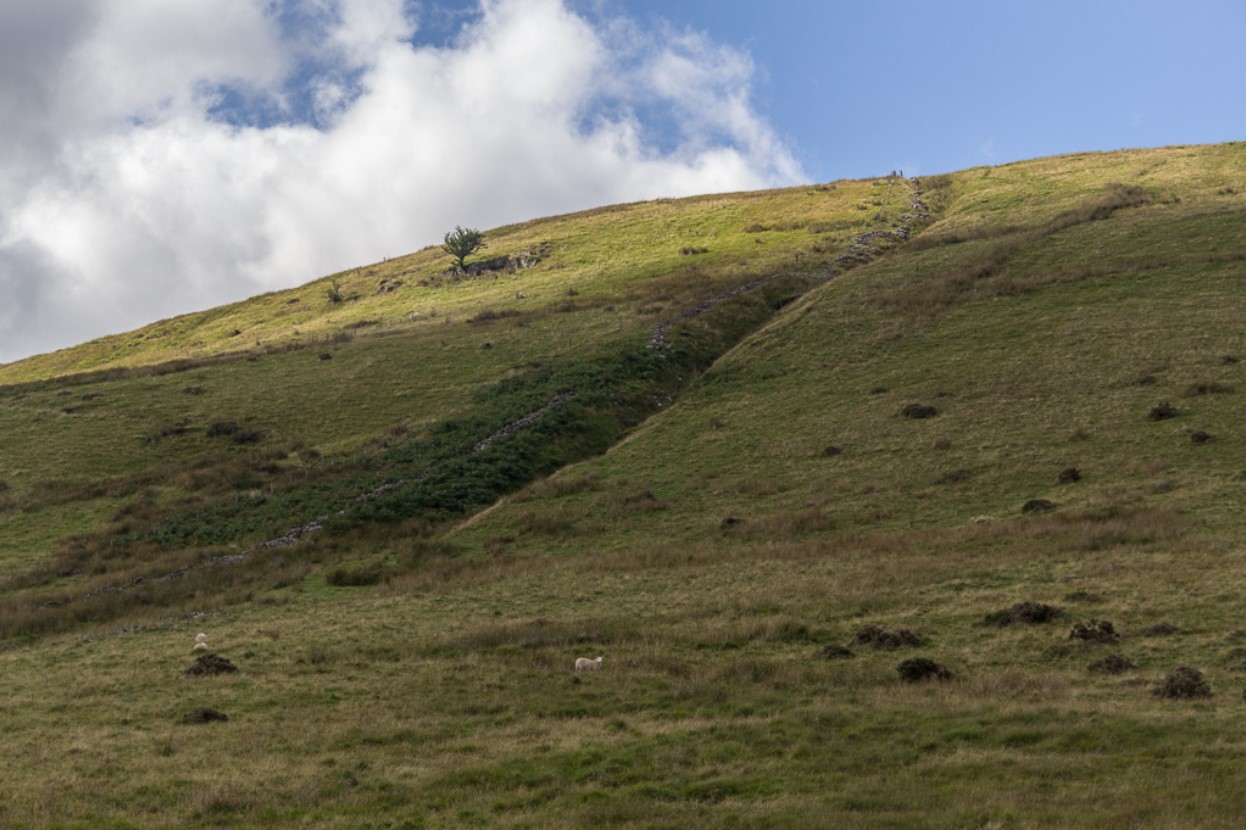
One thing that experts did know, though — or at least, believed they knew — was where the stone originated from.
Like other stones at the sight, the Altar Stone was transported there from somewhere else. Geological research had previously indicated the stone came from the Brecon Beacons area of southeast Wales. This theory is now in dispute.
New Altar Stone Research
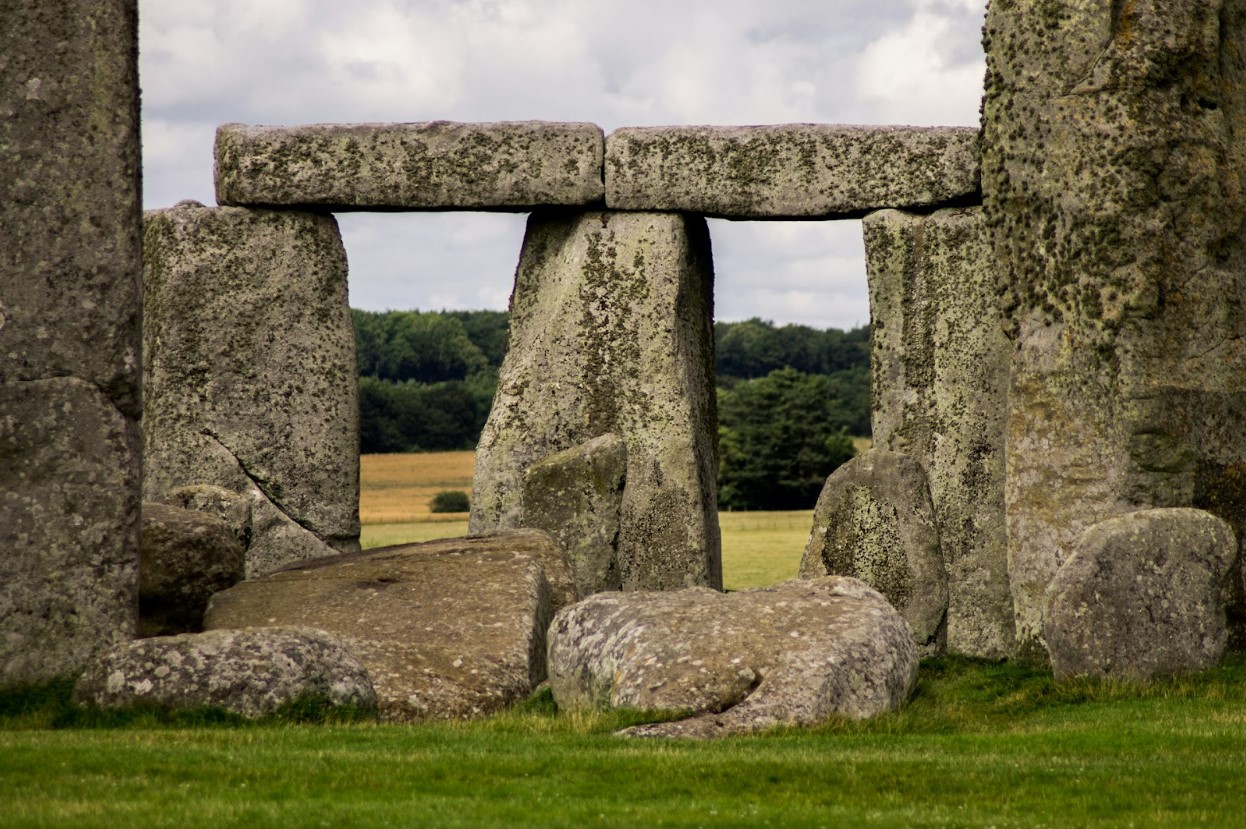
A recent research study details new analysis carried out on the 16-foot by 3-foot-thick sandstone block at the center of the enigmatic Wiltshire circle that we call the Altar Stone.
The study examined the age and chemical composition of the Altar Stone to get a clearer picture of where it originated.
A Chemical Fingerprint

The team looked at the chemical composition and age of mineral grains from within fragments of the Altar Stone to create what is essentially a chemical fingerprint for the stone.
The team then compared this fingerprint to sediment from throughout Britain and Ireland, looking for similarities to stones from different parts of the UK and Ireland.
The Altar Stone Is From Far Further North
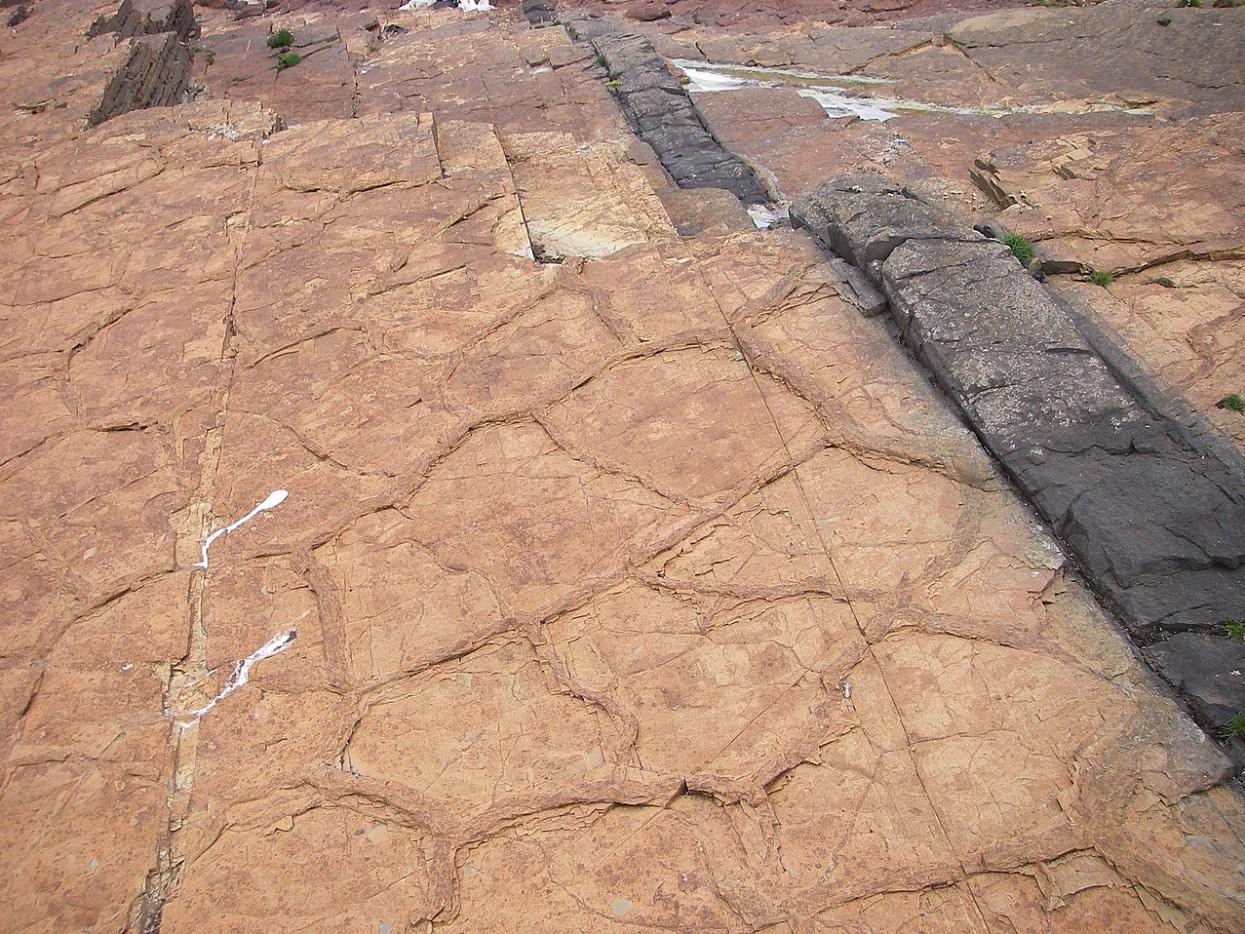
Research revealed that the mineral fingerprint of the Altar Stone was remarkably similar to the Old Red Sandstone of the Orcadian Basin in northeast Scotland.
This would have meant the Altar Stone was sourced almost 500 miles away from Stonehenge and then somehow transported to the Wiltshire Stone Circle. These results not only proved the Brecon Beacons theory wrong but raised further questions about our understanding of Neolithic Britain.
Mineral Analysis Points to Scotland

Anthony Clarke, lead author of the study, described their findings in more detail: “Our analysis found specific mineral grains in the Altar Stone are mostly between 1,000 to 2,000 million years old, while other minerals are around 450 million years old.”
He continues: “This provides a distinct chemical fingerprint suggesting the stone came from rocks in the Orcadian Basin, Scotland, at least 750 kilometers [466 miles] away from Stonehenge.”
New Questions Raised
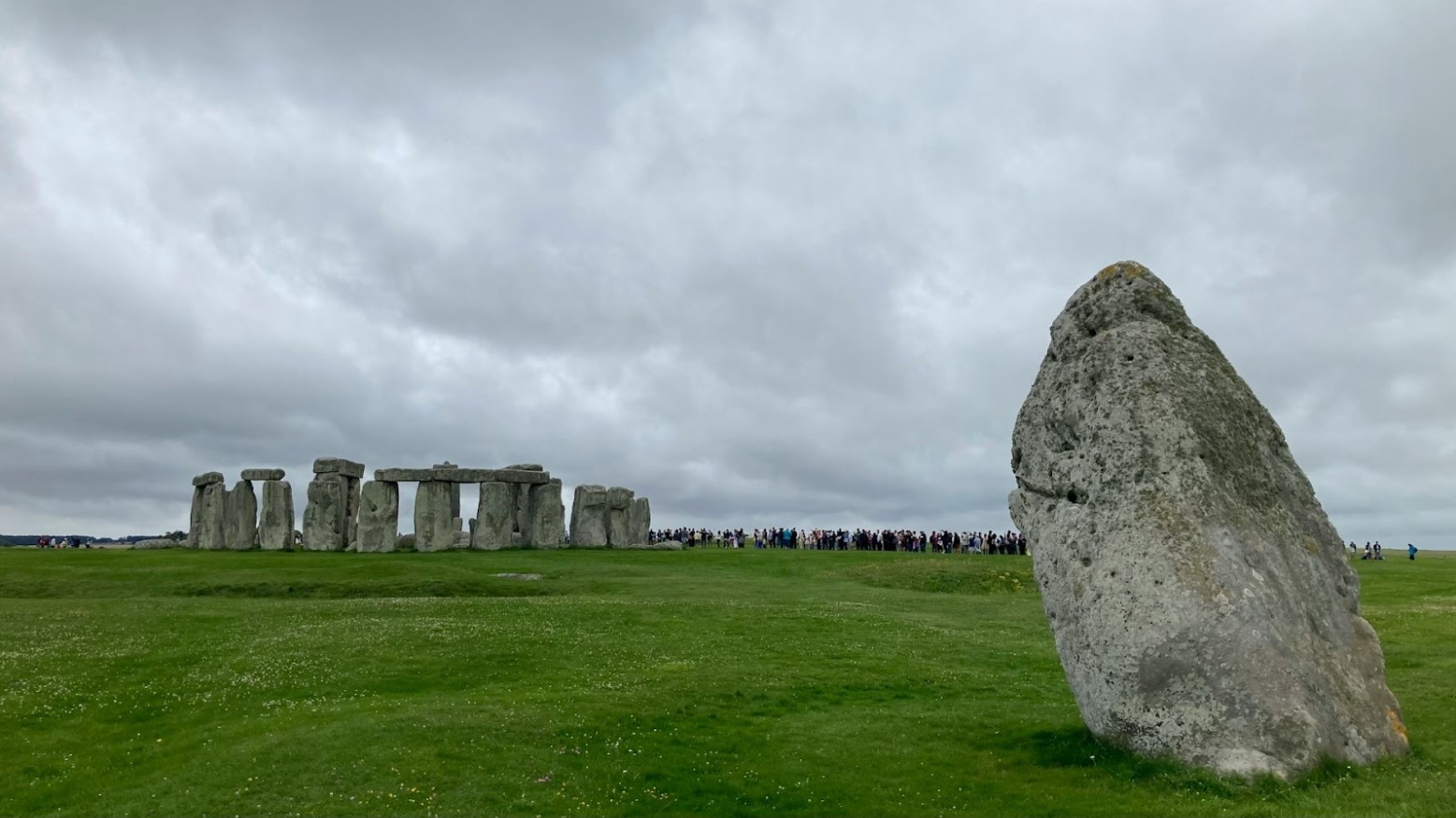
A Scottish origin for the Altar Stone raises a whole host of new questions regarding how it came to rest as part of the megalithic structure on Salisbury Plain in Wiltshire.
Moving the stone from northeast Scotland to the south of England in Britain of 2,500 BC would have required transport methods and societal organization that researchers previously would not have expected to have seen.
Painting a New Picture of Prehistoric Britain

One of the study’s co-authors Chris Kirkland said in a statement: “Our discovery of the Altar Stone’s origins highlights a significant level of societal coordination during the Neolithic period and helps paint a fascinating picture of prehistoric Britain.”
By learning that the Altar Stone came from further afield than Wales, our understanding of the complexity of British society at the time now needs to be re-examined.
A More Vibrant Trade Network Than Previously Thought
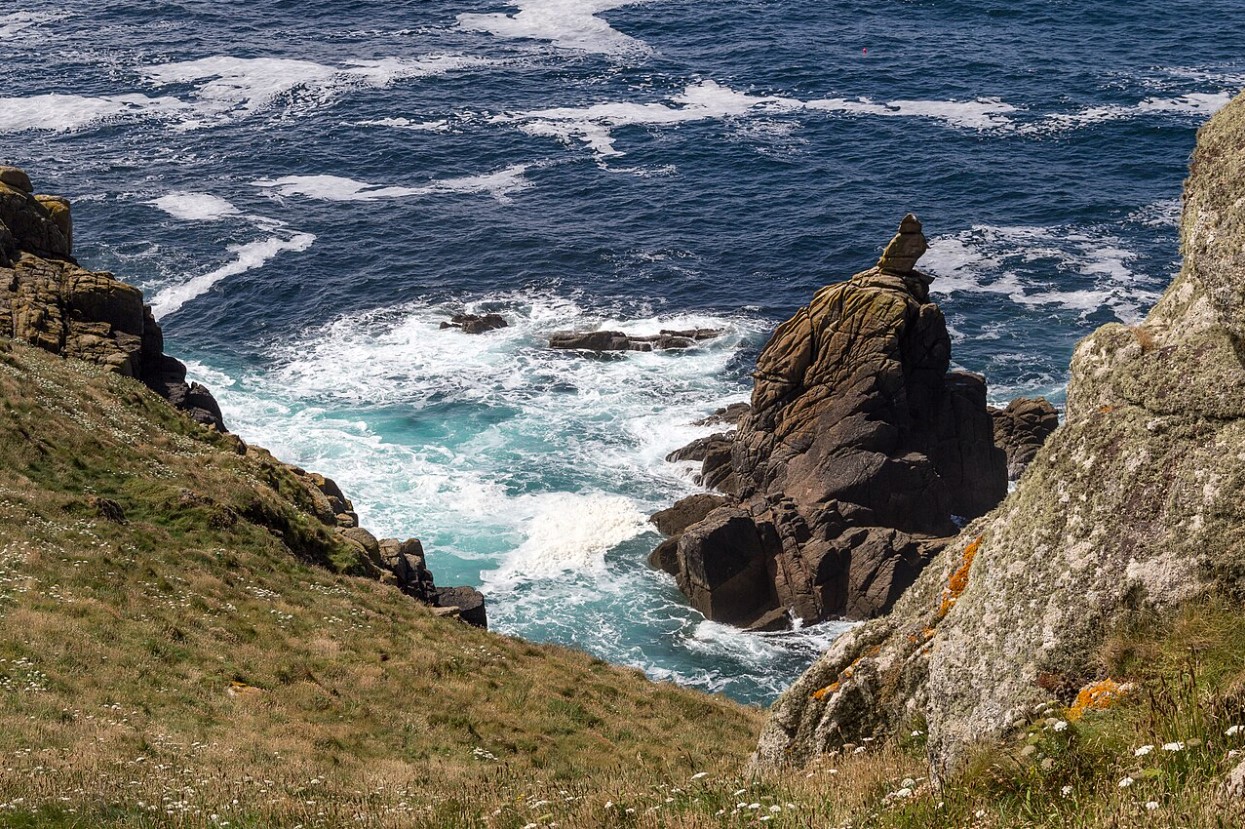
Kirkland also says: “Transporting such massive cargo overland from Scotland to southern England would have been extremely challenging, indicating a likely marine shipping route along the coast of Britain.”
He continues: “This implies long-distance trade networks and a higher level of societal organization than is widely understood to have existed during the Neolithic period in Britain.”
New Discoveries, New Mysteries

The allure and mystique of Stonehenge seem only to continue to grow. The more we learn about this mysterious structure, it seems the more questions we are left with.
Just by discovering that one stone came from a few hundred miles north of where it was previously believed to have originated, our entire understanding of British society and infrastructure around this time has been turned on its head.
